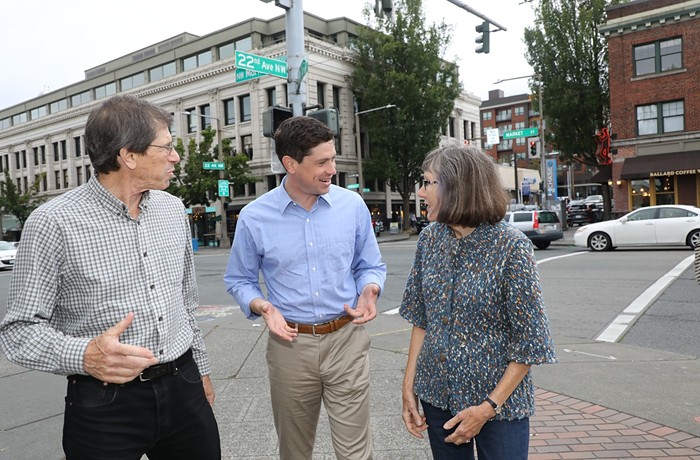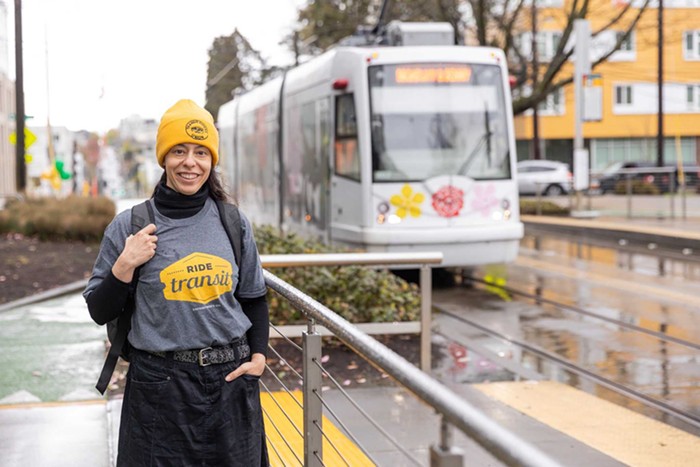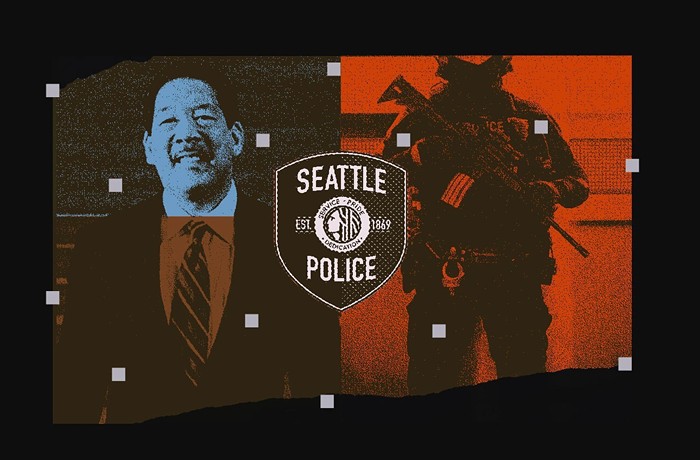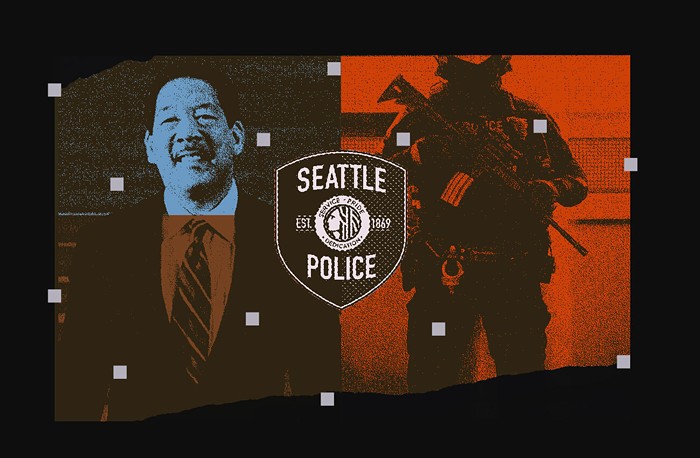But some neighbors aren't in the mood for charitable holiday tidings. In fact, lately, many of them have been dashing off angry letters to the city about the impromptu homeless village.
For about five months, nearly 100 homeless people have holed up at Latino community center El Centro de la Raza in working-class Beacon Hill, awaiting the city's final decision on their status. Three weeks ago, Seattle's Department of Design, Construction, and Land Use (DCLU) put off the permit decision that would allow the encampment to legally stay at El Centro through January 16. Sometime this month, city officials expect to either grant the permit or kick out the homeless squatters and charge El Centro the running total, as of December 31, of nearly $10,000--the city's $75-a-day fine for this non-permitted property use.
DCLU's Tent City file folder is teeming with letters. Most of the letters march in lefty lockstep, pleading for the homeless to stay. However, dozens demand that the city kick out the "freeloaders." For these Tent City opponents, a neighborhood shanty town is just one more symbol that the poor section of Seattle is a dumping ground while the rest of the city gets new condos and rock and roll museums.
This is clearly an injustice, according to Beacon Hill resident George Robertson, a 55-year-old architect. He wrote a letter to DCLU on October 26 decrying Tent City's impacts on the neighborhood. "This is not a NIMBY response," wrote Robertson. "We felt we had turned the corner on North Beacon [Hill] and that our neighborhood was moving away from the slippery slope to slum status it was on five years ago. Now we are racing toward [that] precipice again."
Robertson's concern that Tent City foreshadows further neighborhood degradation seems common. "I was hoping that with the arrival of Amazon.com, it would revitalize the neighborhood, and merchants would want to open businesses here," Nancy Fujimoto wrote in a November 4 letter to city planners. "But so far, all we have gotten is increased traffic.... Please don't let my neighborhood go further down the toilet." Fujimoto, a 44-year-old grade school tutor who also lives in Beacon Hill, asked, "Would a Tent City be tolerated in other neighborhoods?"
Fujimoto has a point. While Tent City made pit stops at churches in Northgate, Crown Hill, and Capitol Hill, the encampment never stayed north of the Central District for more than a couple of weeks. By comparison, Tent City has stayed in Beacon Hill and Rainier Valley for months. The encampment has been at its current location since August, thanks to willing host El Centro.
It may seem like residents of a blue-collar neighborhood would be more sympathetic with homeless people, since both groups are marginalized in dot-com Seattle. After all, Fujimoto and Robertson are clearly pissed about what is essentially a class issue--poor parts of Seattle are treated differently than other parts of the city. Indeed, during phone interviews last week, both Fujimoto and Robertson said they want to help the homeless. But, as Robertson puts it, "It's not right to ask us to waive our equality and neighborhood environment just so the city can avoid acting responsibly."
Beacon Hill residents' outrage shouldn't come as a surprise. It's a reflection of the traditional unrest prevalent in South Seattle. Note the existence of groups like ACORN (Association of Community Organizations for Reform Now), which takes up Rainier Valley's fight for basics like curbs and crosswalks, and Save Our Valley, which is suing Sound Transit over a racist train route. These groups formed because there's a history of discrimination against South Seattle. For instance, while North Seattle residents argue their kids' way into the best schools and protect their parks from unwanted construction, the city's southern end lacks sidewalks and protection from political fiascoes like destructive transit.
Sadly, however, this class consciousness doesn't seem to extend to the homeless. Instead, people like Fujimoto and Robertson try to distance themselves from Tent City's "filth" and "smell." This is ironic, since neglected South Seattle neighborhoods and the homeless are both victims of the city's division of wealth.
Ultimately, the problem is that homeless people need somewhere (anywhere!) to stay. As Beacon Hill residents correctly point out, it's too bad that this overt symbol of neglect isn't more potently positioned downtown.


















